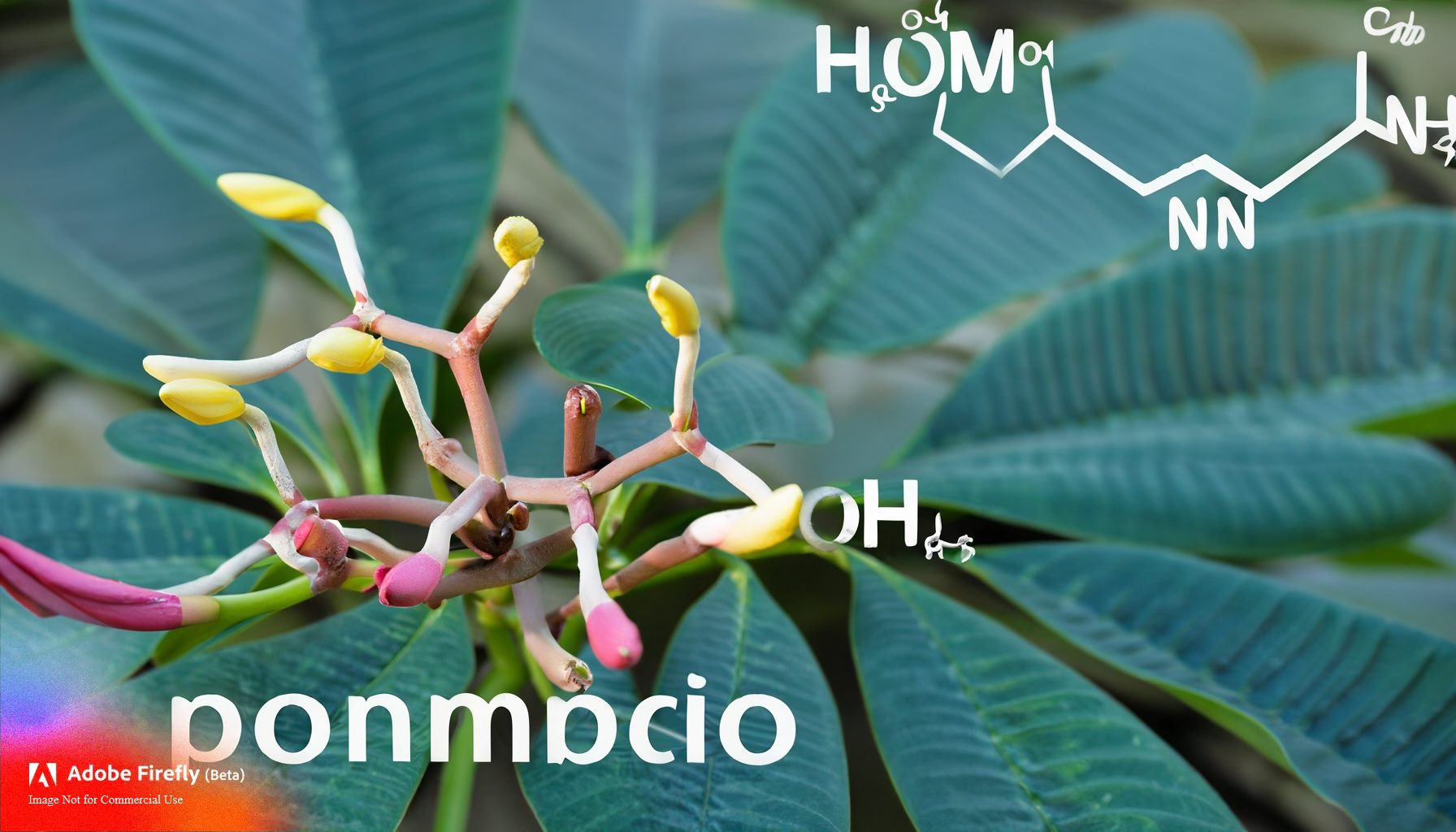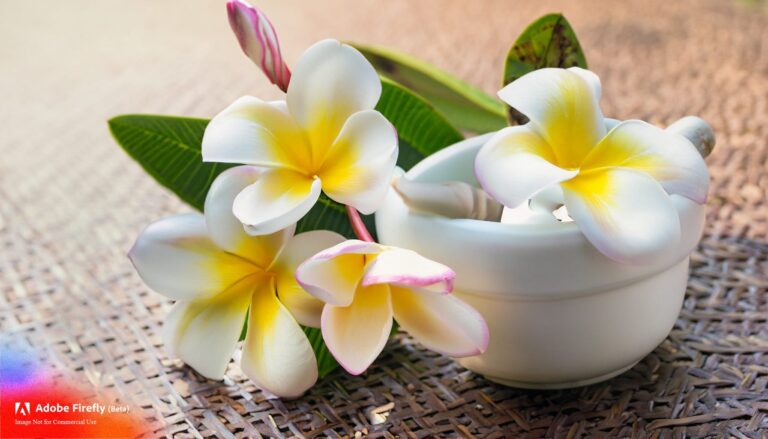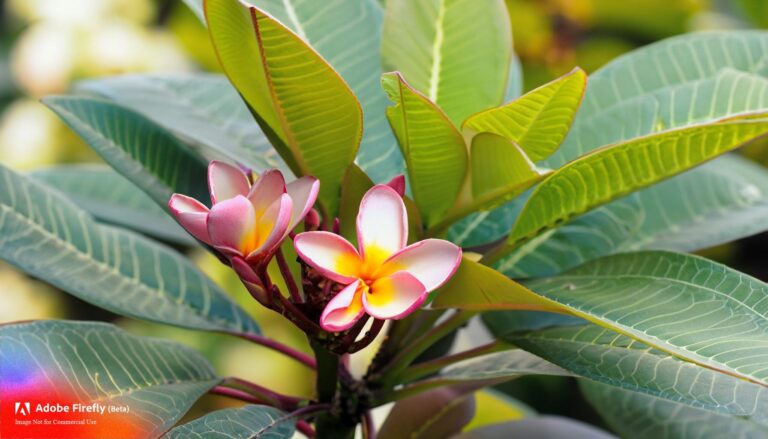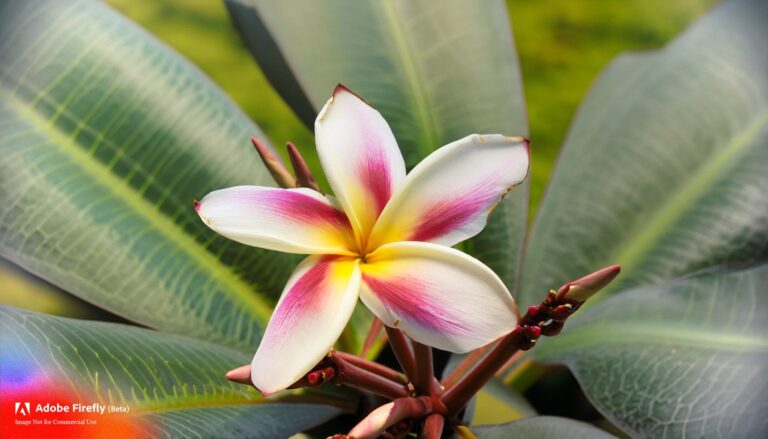
Plumerias, like all plants, respond to various hormones, growth inhibitors, and promoters that regulate their growth, development, and responses to environmental stimuli. Understanding these factors can help you better care for and manage your plumeria plants. In this guide, we’ll delve into the key hormones, growth inhibitors, and promoters that influence plumeria growth and health.
Hormones:
1. Auxins:
- Role: Auxins play a crucial role in root development, apical dominance (growth from the tip of the plant), and tropic responses to light and gravity.
- Effect: Applying auxin-based rooting hormones can stimulate root formation in plumeria cuttings during propagation.
2. Cytokinins:
- Role: Cytokinins promote cell division and lateral bud growth, contributing to branching and overall plant growth.
- Effect: Applying cytokinin-based products can encourage lateral shoot development and branching in plumerias.
3. Gibberellins:
- Role: Gibberellins regulate stem elongation, seed germination, and flowering in plants.
- Effect: Gibberellic acid application can potentially promote vegetative growth and flowering in plumerias.
4. Abscisic Acid (ABA):
- Role: ABA is associated with stress responses, dormancy, and water regulation.
- Effect: ABA levels may rise during dormancy, contributing to reduced growth and water conservation in plumerias.
5. Ethylene:
- Role: Ethylene is a plant hormone involved in fruit ripening, senescence (aging), and responses to stress.
- Effect: Ethylene exposure can lead to premature leaf drop and senescence in plumerias.
Growth Inhibitors:
1. Abscisic Acid (ABA):
- Inhibitory Role: ABA can inhibit cell division and promote dormancy in plumerias.
2. Ethylene:
- Inhibitory Role: High levels of ethylene can lead to leaf drop and inhibit growth in plumerias.
Promoters:
1. Light:
- Promoting Role: Adequate light, especially bright but filtered sunlight, promotes photosynthesis, growth, and flowering in plumerias.
2. Temperature:
- Promoting Role: Optimal temperatures within the range of 65°F to 80°F (18°C to 27°C) encourage plumeria growth and flowering.
3. Nutrients:
- Promoting Role: Balanced and sufficient nutrients, especially nitrogen, phosphorus, and potassium, support overall growth, flowering, and root development.
4. Water:
- Promoting Role: Proper watering, allowing the soil to dry slightly between waterings, supports healthy root function and overall plant growth.
5. Pruning:
- Promoting Role: Strategic pruning can promote branching, air circulation, and overall plant health in plumerias.
6. Fertilization:
- Promoting Role: Applying appropriate fertilizers, especially those with higher phosphorus content, can encourage flowering and overall growth.
7. Dormancy Period:
- Promoting Role: Allowing plumerias to enter dormancy during the winter promotes rest, conserves energy, and prepares the plant for the next growing season.
Conclusion:
Plumerias, like all plants, are influenced by a complex interplay of hormones, growth inhibitors, and promoters that dictate their growth and responses to the environment. By understanding these factors and their effects, you can tailor your care regimen to promote healthy growth, encourage flowering, and ensure the overall well-being of your plumeria plants.






